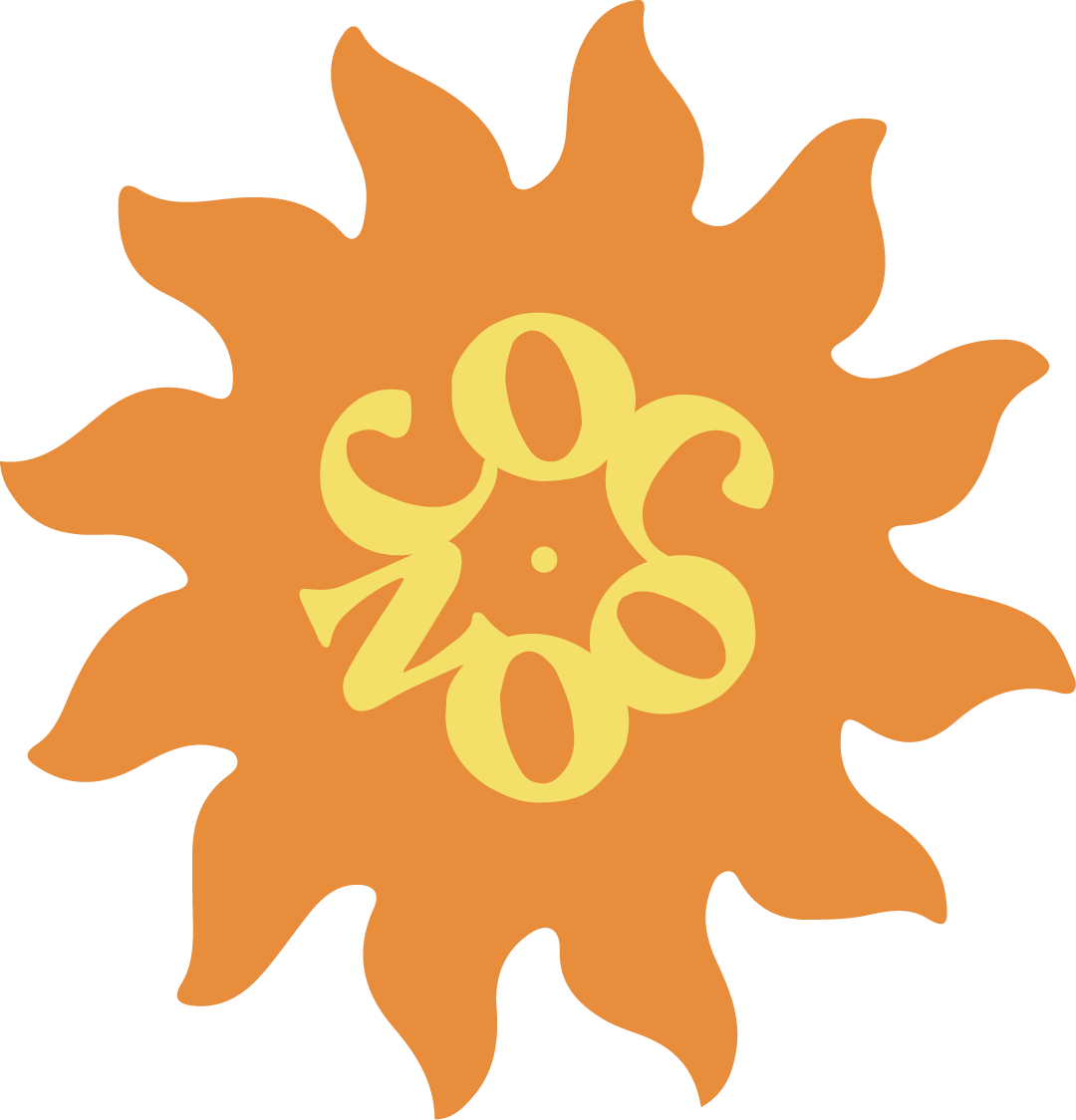What is Art Therapy and Why Creative Methods of Therapy are the way forward in Mental Health
We’re pretty damn convinced that the integration of creative therapies are the way forward in mental health and wellbeing.
When you mention ‘art therapy’ or ‘creative therapy’, most people imagine huge, expensive art installations painted by people who have been to art school. Or arts + crafts by kids. Sure, that can be it but it also goes waaaay beyond that.
The use of creative therapies are definitely increasing each year which we’re really excited about.
Not just limited to the typical ‘art’ formats of painting or drawing, the praises of dance/movement therapy, drama therapy, nature therapy, music therapy are all throughout the research.
Why we love it:
It’s inclusive, accepting, not-intimidating, flexible, accessible and does a whole lot of good for your brain.
We’ve also found integrating creativity can be the very gem that is missing for young people who are not ready for talk therapy or just aren’t into it. Read on to find out why it’s so awesome and why we’re so obsessed.
Not sure what creative therapy and expression is like? Not sure if it’s your thing? Or just want a no-fuss prompt? We’ve created a free downloadable doc just for that.
Check out what other free things we have here
Ok, let’s get the science-y stuff over with first.
The good stuff:
Art therapy is hugely beneficial for brain. Research has shown neuroplasticity occurring during and following art therapy (literally your brain rewiring and remoulding for the better, like melted plastic).
Research has shown that art therapy is helpful even for those experiencing something as significant as traumatic experiences, helping to rewire brain changes due to trauma and provide accessible method of emotional expression - SourceOverall improved wellbeing, self-esteem, sense of self, identity and decreased symptoms in mental health issues such as depression, anxiety, schizophrenia - Source
It’s inclusive - Regardless of intellectual or physical ability, creative therapies are consistently useful across multiple groups in a way that connects them to themselves and others, instead of increasing separation and stigma - Source
More reasons creativity is key:
There are little-no boxes you must fit in - it offers individual expression and exploration of identity for whoever you determine yourself to be which lessens feelings of judgement and stigma (all on your terms). You don’t have to be “good” at art or a “creative person” - there is no pressure to get anything right that you might feel with other approaches.
Massive flexibility - Can do it by yourself, in a group, in most situations/environment, can combine it with other therapies.
It’s accessible - No limits of financial cost (can make anything out of anything), any background, pretty much any emotional or mental health challenge, any experience.
Other approaches may focus on structure, rules, guidelines. Which is really some people’s jam and works well for them, so nothing wrong with that!
But creative methods offer something different, which we think addresses a giant need in today’s mental health scene.


